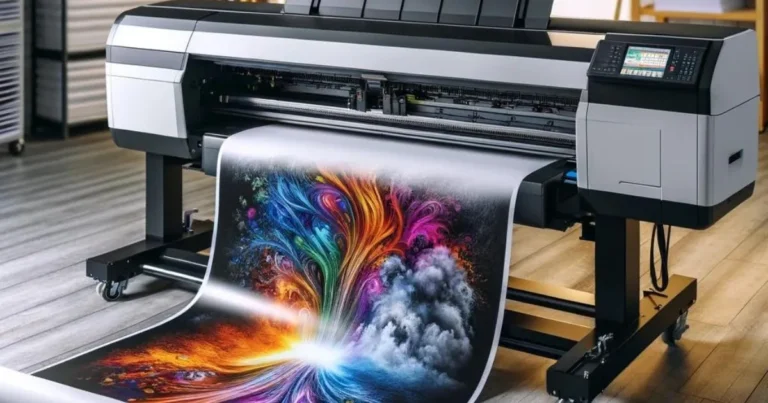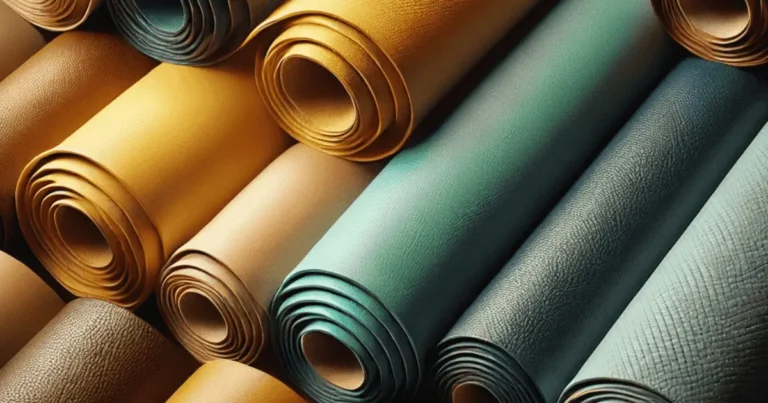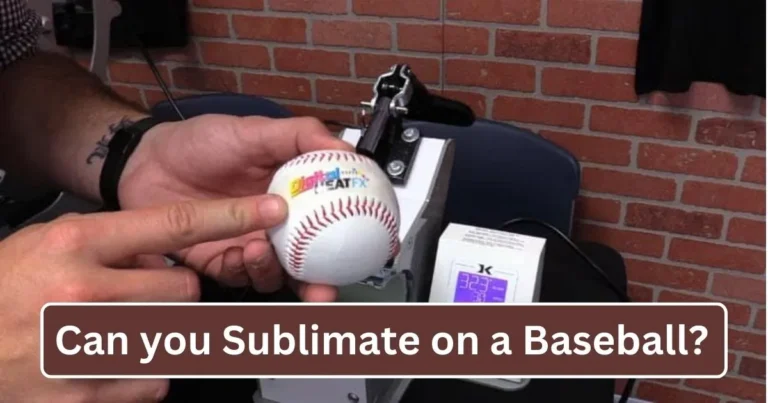Can You Sublimate on Silicone?
Explore whether can you sublimate on silicone with our comprehensive guide. Uncover tips on temperature, ink, and design for successful sublimation.
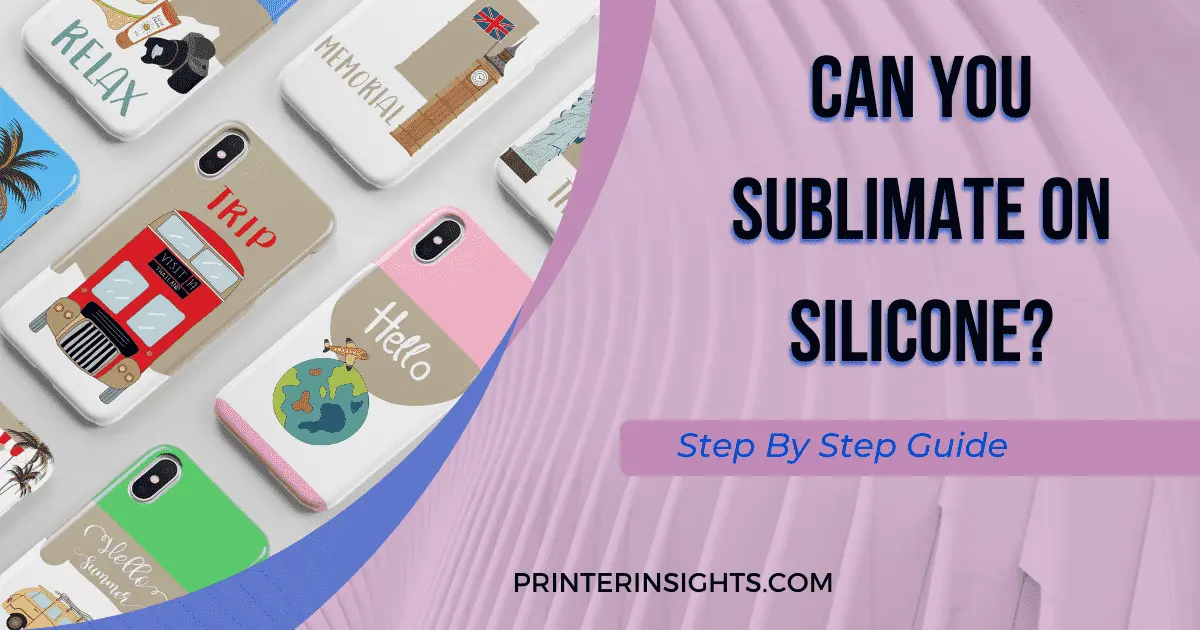
Although sublimation is frequently used on metals, ceramics, and fabrics, it is a frequent inquiry among creatives whether can you sublimate on silicone.
Silicone is an easy-to-work-with and heat-resistant material that has become very popular in making. It is used to make everything from kitchen tools and medical devices to phone cases and accessories that you wear.
Yes, you can sublimate on silicone, but it requires a special sublimation coating to ensure the ink adheres properly. Sublimation on uncoated silicone typically doesn’t work because the ink won’t bond effectively. Ensure the silicone items are designed for sublimation to achieve the best results.
Stay with us as we go over everything you need to know about this process:
Related Post: Sublimation On Glass
Key Takeaways:
- Yes, you can sublimate on silicone, but it requires a special sublimation coating to ensure proper ink adhesion.
- Clean the silicone surface thoroughly and use a heat press with appropriate temperature and pressure settings to achieve the best results.
- Common items for sublimation include phone cases, watch bands, and accessories. Dark-colored silicone requires a white background for the best image quality.
- Use high-quality sublimation ink, transfer paper, and a heat press. Proper equipment and technique are essential to avoid dull and poor-quality prints.
- Clean the silicone item, print the design on sublimation paper, use a heat press to transfer the design, and let it cool before removing the paper for a durable and vibrant image.
Can You Do Sublimation On Silicone?
Yes, you can sublimate on silicone. But it’s not that easy, and you need to think about a few things.
Silicone is a strong, flexible material that comes in many colors. That’s the first thing you should think about.
But because it’s made of manufactured rubber, it won’t soak up dyes as well as other materials you could have used.
This is the main reason why it’s hard to sublimate silicone.
Compared to normal materials, you will need to use lower heat and longer pressing times. Also, make sure you clean your silicon surfaces well so the effects aren’t ruined.
Now let’s talk about the things you can sublimate on.
Some of these are phone cases, watch bands, straps, and other similar items. Remember that sometimes it takes practice and the right tools to get the best results.
Related Post: Can You Sublimate on Cardstock?
How to Sublimate on Silicone- A Step By Step Guide:
Here is a step-by-step guide on how to sublimate on silicone phone cases, Apple Watch bands, and straps. Hope you now understand how to do it.
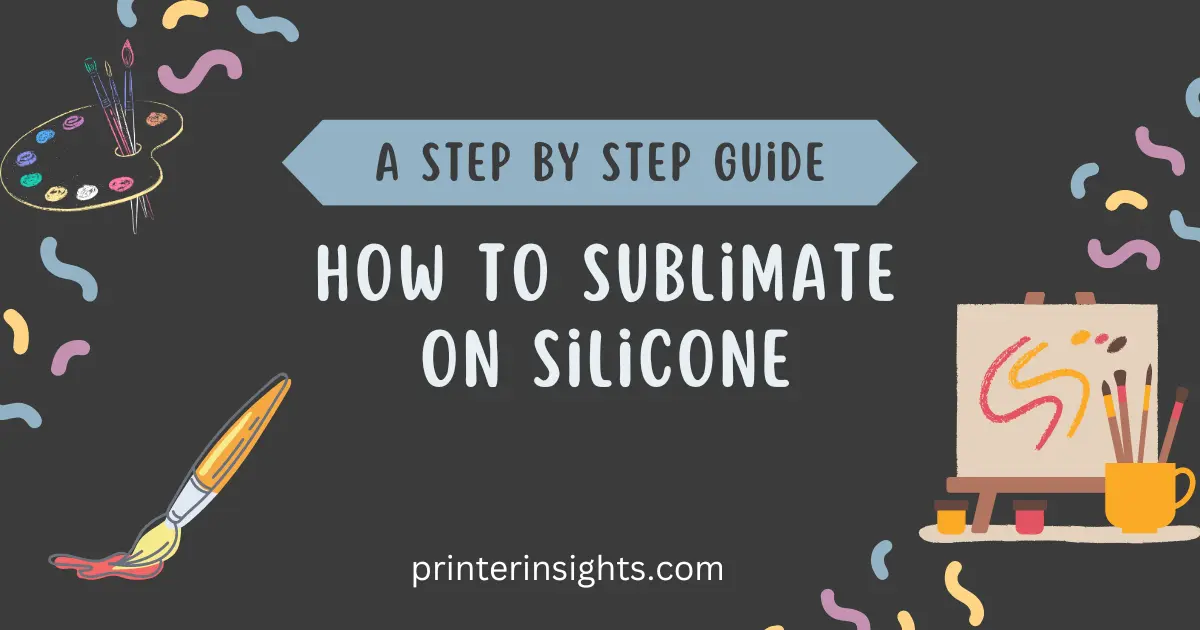
Step 1) Get Your Silicone Blank Ready:
- The first thing you need to do is make sure the rubber is clean and free of any oils or dirt.
- This will make sure that your image looks great and lasts a long time.
- Warm water and light soap are some of the BEST ways to clean a silicone blank.
- Make sure you use it to clean the surface of the item and keep track of any design cracks or lines.
Rinse the item well and clean it with a lint-free cloth for the best results.
- Rub alcohol is the other thing that can be used to clean rubber. Just use some rubbing alcohol to wet a cotton swab or lint-free cloth.
- Next, clean the product’s surface. This is a good way to get rid of any dirt on the silicone surface.
- Check the rubber blanks for damage like cracks or holes before sublimating.
Before you do the sublimation process, you must also test a small part of the silicone product. Following these steps will help you understand what the colors will do.
Step 2) Put Your Design On the Silicone:
After you clean the silicone items and print the sublimation design, you can move on to transferring the design. These are the steps you need to do.
- Place the printed part of your sublimation paper on top of the silicone product so that the image is facing down. Put the paper and rubber together with a heat press.
- It should only take about a minute to set the right temperature, which is about 400°F. Please keep in mind that this process may be different depending on the depth and type of silicone product you use.
- Make sure to use the heat press and carefully press the rubber item onto your printed picture. For the best effects, you should also use even pressure on the surface of the product.
- Take the silicone out of the heat press when you’re done and set it somewhere to cool. If you forget to do this step, the design won’t set properly on the surface if you take it off when it’s still warm.
- As the last step, carefully peel off the sublimation paper. You’re now done.
Related Post: How to Sublimate on Leather
Can You Sublimate on Silicone Watch Band- Things You Need To Know:
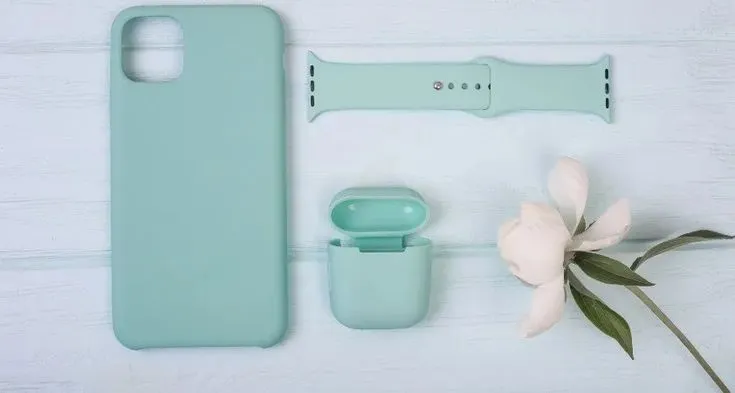
Actually, you can sublimate on Apple Watch bands. But there are some things to think about before the process actually begins.
Kind of Material:
There are different kinds of silicone watch bands, but they are all important. Some of them have a special layer on them that keeps the sublimation ink from going through.
Choice of Color for the Band:
Before sublimation printing, you should also think about the sublimation blank color. For example, dark watch bands need a white background to stand out.
Size and Placement of Designs:
The bands are curved, which makes it harder to have a smooth copy. It is best not to sublimate small text on bands that have a curved surface.
Technique and Equipment:
Get good sublimation ink, sublimation transfer paper, and a heat press ready before you start writing on watch bands.
If you don’t check, using cheap inks, papers, and a heat press will make the writing on the silicone watch bands look dull and bad.
Related Post: Can You Sublimate On Burlap?
Step-by-Step Guide On Can You Sublimate On Silicone Bracelets And Watch Bands:
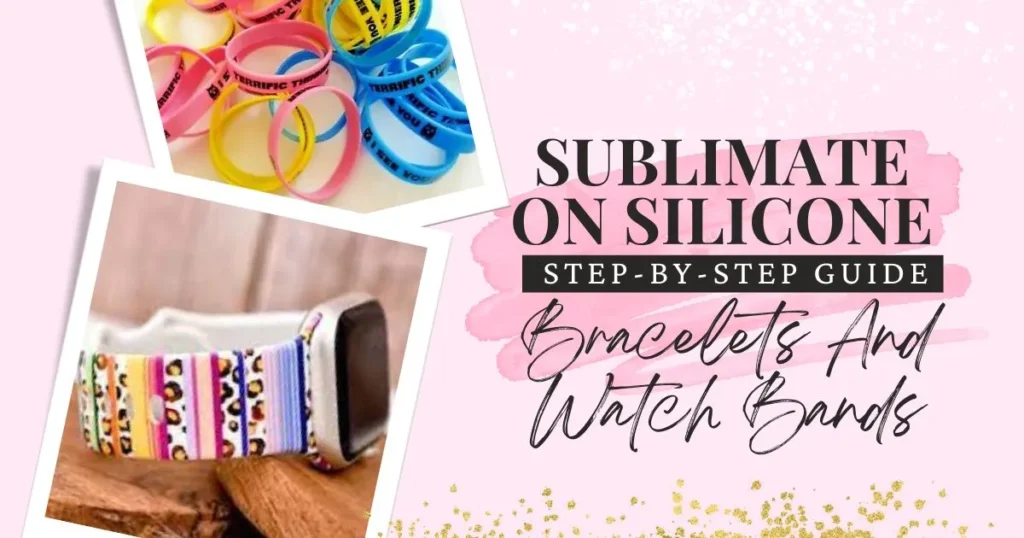
A popular way to do sublimation is with silicone bands. A lot of people like using it to make their patterns on silicone accessories and the most common question is can you sublimate on silicone watch bands and bracelets?
If you want to use them for sublimation projects, here are the steps you need to take:
- Get everything you need together. Some of these are gloves, heat-resistant tape, rubber bands, and sublimation paper.
- Get the drawing ready. Make sure the stencil or image is ready to print.
- Print the plan. Put the paper in the sublimation printer after setting it up with the right refills. You should use the mirror image setting when you print the pattern on the sublimation paper.
- Set up the bands made of rubber. Clean the silicone bands to get rid of any dust or dirt before you set the pattern.
- Place the drawing. Make sure the printed image is cut out in a way that matches the shape or size of your silicone band. Also, make sure the image is facing down on the silicone band. Also, make sure you put it exactly where the picture should appear.
- Use heat-resistant tape to hold it in place. To keep the sublimation paper on the band, get some heat-resistant tape and use it.
- Get the heat press ready. It needs a few minutes to heat up until it hits 375°F (190°C).
- Move the drawing around. Place the paper that is already attached to the rubber band on the bottom of your heat press. Make sure the pattern faces the band and sit down. Put the heat press away and wait up to one minute.
- Take off the silicone band or blanks for sublimation bracelets. When the transfer is done, open the heat press and take the rubber bands off. Be careful with these things because they have been in very hot places. Put on gloves.
- Take off the paper that was sublimated. Carefully open the heat press and take off the rubber band when the transfer is done. Remember to be careful.
- Get rid of the transfer paper. Wait a second or two after taking off the rubber band so that it cools down. After that, take the paper off of the band and do it all in one smooth action.
- Take a break for a while. Take the rubber band out of the heat and let it cool down for a while. This helps make sure that the plan transfer works.
- Do this again. In case you need to sublimate more rubber bands, just follow the steps above again!
There you have it, your jobs should be done.
Related Post: Sublimation Ink For Regular Printing
Bottom Line: Sublimate on Silicone
It is possible to sublimate on silicone, but you need to try a few different things and have the right tools. With a little skill and the right tools, you can make designs on different silicone items that are bright and last a long time.
Do not be afraid to try using silicone in unique ways if you want to take your sublimation skills to the next level!
FAQ
Last Updated on May 19, 2024 by Muhammad Haseeb


